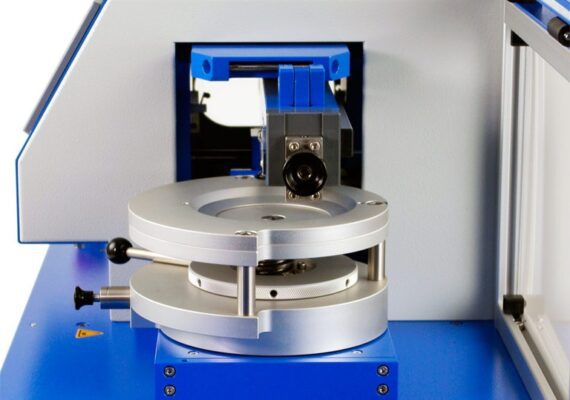
The Scratch Test is designed to assess the scratch resistance of coatings and surfaces. This test involves a controlled scratching process, where a diamond-tipped tool is dragged across the surface of the material under a specified load. The resulting scratch is then evaluated for its depth, width, and appearance, providing insights into the material’s durability and suitability for various applications.
MS 210-05 sets stringent requirements for the scratch resistance of materials used in automotive applications. This standard ensures that materials can withstand everyday wear and tear, maintaining their quality and performance over time. Adhering to MS 210-05 means that materials have been tested to meet Hyundai’s high standards.
The testing process involves several key steps:
At our laboratory, our expertise in materials testing and our dedication to industry standards like MS 210-05 make us a trusted partner for automotive manufacturers. Our state-of-the-art facilities and experienced team ensure that every test is conducted with precision and accuracy, providing you with reliable and actionable results.
